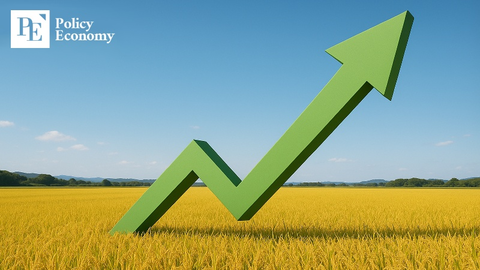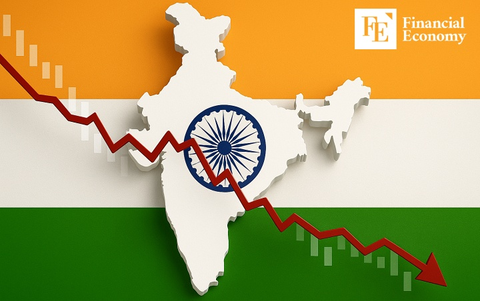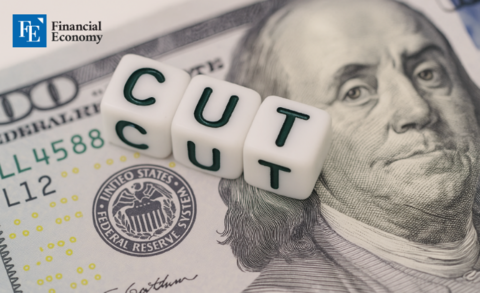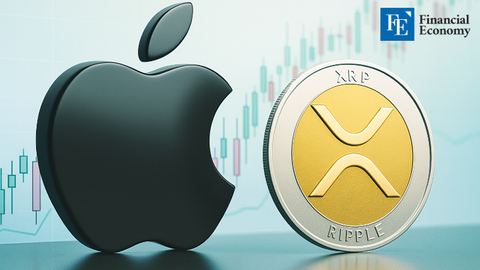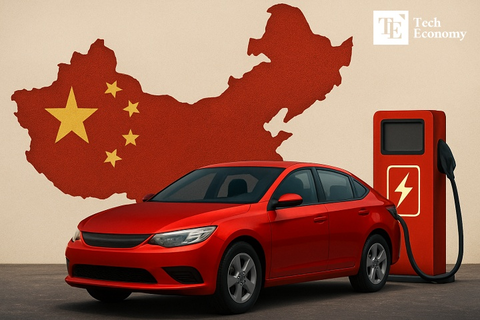The Rise of the One-Person Fund 'Solo GP' — Will It Reshape Silicon Valley's Investment Landscape?
Input
Modified
Traditional VC Model Faces Structural Crisis Amid High Interest Rates Solo GPs Offer Strengths in Fast Decision-Making and Low Fixed Costs Proven to Deliver Higher Returns and Operational Efficiency Compared to VCs

In Silicon Valley, growing limitations of the traditional venture capital (VC) model are fueling interest in new investment approaches. With multi-partner VCs facing structural challenges, a new alternative is gaining traction in the investment world: the Solo General Partner (Solo GP) model, which allows for agile and consistent investment decisions through a lean structure with minimal fixed costs.
Over Half of New Silicon Valley Funds Are Now Solo GPs
According to the 2025 Solo GP Landscape Report released on June 2 by venture research firm New Economies, Solo GPs made up only a tiny fraction of new fund managers in the U.S. in 2020. However, by last year, over half of newly launched funds were formed under the Solo GP model. This shift reflects a broader change in the investment landscape—where smaller fund sizes, operational efficiency, and clear investment criteria are increasingly valued. With low overhead and minimal staffing, Solo GPs can operate more swiftly and focus more intensely than traditional VCs.
A "Solo GP" refers to a model where a single general partner—rather than a team of partners—raises and manages a venture fund, leveraging their personal brand and network. Typically managing smaller capital pools than traditional VCs, Solo GPs invest across a wide range of stages, from early startups to Series C or D and beyond. Because investment decisions are made by just one person, Solo GPs exhibit strategic flexibility, often backing bold or high-risk ideas that larger institutional VCs may avoid.

Success Stories Are Already Emerging
Several Solo GP success stories have already emerged in Silicon Valley. Elad Gil, for example, began angel investing in 2008 and backed unicorns such as Airbnb, Coinbase, and Notion in their early stages. In the late 2010s, he formally transitioned into a Solo GP, launching and managing large-scale funds.
Similarly, Oren Zeev runs Zeev Ventures entirely on his own, without co-partners or investment committees. As of the first half of 2024, Zeev Ventures had over USD 2 billion in assets under management (AUM), making it the largest known Solo GP fund.
More Consistent Strategy and Higher Returns
Historically, funds managed by a single GP were seen as riskier than those managed by multiple partners. Critics pointed to "key person risk"—what happens if the sole GP becomes incapacitated—as well as limited access to networks and resources. There were also concerns about one person having to handle not only investment decisions but also fundraising, accounting, and internal operations.
However, recent developments have challenged that perception. Traditional VCs are often plagued by governance risks, such as internal partner conflicts or departures that disrupt strategy and team cohesion. Solo GPs, by contrast, provide stability and consistency in investment strategy due to the absence of internal power struggles. The growing availability of outsourced and automated back-office infrastructure has also enabled Solo GPs to manage funds efficiently on their own.
From a performance perspective, Solo GPs are proving competitive, if not superior. According to platforms like Cartaand Preqin, Solo GP funds in the U.S. had an average internal rate of return (IRR) exceeding 30% between 2020 and 2024—nearly 10 percentage points higher than co-managed VC funds in the same period. This strong performance has attracted interest from major limited partners (LPs), including U.S. pension funds, family offices, and even historically conservative university endowments.
A Sign of Structural Crisis in the VC Industry
Experts argue that the rise of Solo GPs isn't just the emergence of a new type of investor—it’s a symptom of the structural crisis facing the VC industry. The sector has recently struggled with shrinking capital inflows and declining startup valuations, making both new fund formation and follow-on investments more difficult.
The prolonged period of high interest rates has created a double bind: startups face increased capital costs, while VCs have reduced investment capacity. At the same time, exit markets have stalled. IPOs and M&A activity have dried up, leaving investors with fewer paths to realize returns. In 2023, only 40 of over 1,300 U.S. unicorns managed to exit via IPO or acquisition. As a result, even well-established VCs have resorted to emergency measures like extending fund lifespans and restructuring portfolio companies. Some have become “zombie VCs,” facing capital erosion or returning their licenses.
These trends suggest that the traditional VC model is approaching its limits. The classic strategy of making small early-stage bets and scaling them quickly for big exits no longer works reliably. As the role of VCs shifts from mere capital providers to value creators—offering networks, domain expertise, and startup support—many VCs are struggling with strategic direction and identity. In this context, Solo GPs—with their lean structures, bold investment strategies, and proven returns—are increasingly seen not just as a complement to VCs, but as a viable alternative in a transforming venture capital landscape.

